|
The ancient square mile of London, defined
roughly by the walls of the Roman city, is a curious mixture of streets
and lanes with medieval names, state-of-the-art finance houses and no
fewer than 38 churches, many of them, including St Paul’s Cathedral,
designed by Sir Christopher Wren. Don’t miss the City’s old markets:
Smithfield still operates as a meat market, Leadenhall is in many ways
more attractive than Covent Garden, while the former fish market of
Billingsgate offers a great view of the once busy Pool of London.
|
A stained-glass window in St Michael, Paternoster
Royal, depicts Dick Whittington (and his cat) – hero of a well-known
London rags-to-riches fairy-tale. In fact, Richard Whittington, who was
Lord Mayor of London four times between 1397 and 1420, was a wealthy
merchant and the City’s first major benefactor. He pioneered public
lavatories, building them to overhang the Thames.
|
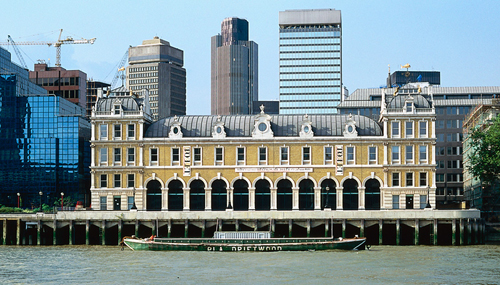
Old Billingsgate Market

Sights
Tower of London
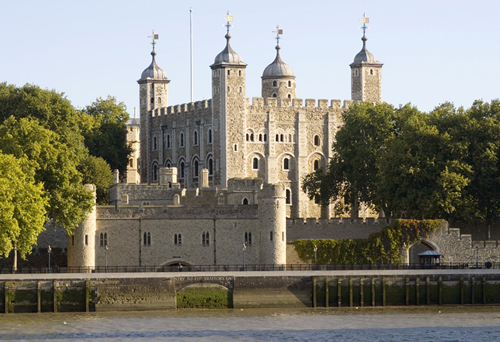
Tower of London
St Paul’s Cathedral
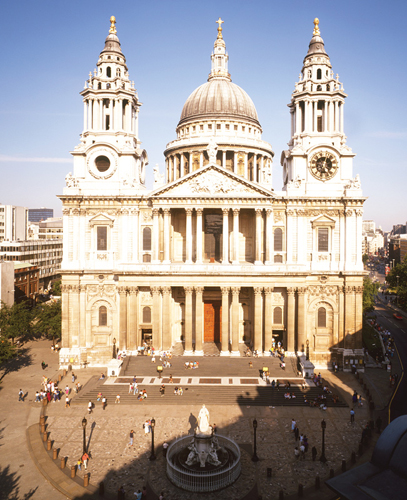
Tower Bridge When the Pool of London was the gateway to the city’s larder, this flamboyant bridge
was constantly being raised and lowered for sail and steam ships
bringing their cargoes from all corners of the Empire. Pedestrians who
needed to cross the river when the bridge was open had to climb up the
300 steps of the towers to the walkway overhead. Today, visitors on the
60-minute Tower Bridge Exhibition tour still have views from the 40-m
(135-ft) high walkways. The entrance is beneath the north side of the
bridge. It ends with a hands-on experience in the massive engine room,
and exits via a shop on the south bank of the river.
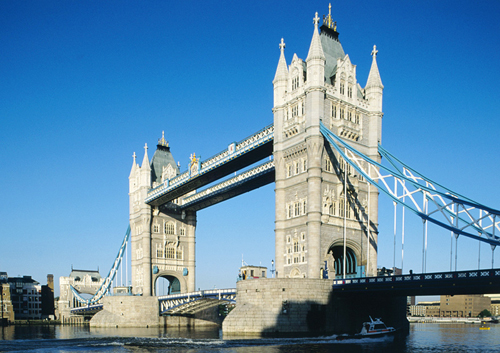
Tower Bridge
Barbican Centre The
cultural jewel of the City, and run by the City of London Corporation,
the Barbican Centre is an important arts complex. Music, dance, theatre,
film and art all take place here, with top visiting performers and
artists. There is also an excellent library, a restaurant, Searcy’s (see
Eating and Drinking),
and a waterside café. Opened in 1982, the arts complex is part of the
Barbican, a major development covering 20 acres and flanked by large
blocks of flats. Access from the Barbican tube station is along a marked
route above ground level. The Centre looks across the moat to the
church of St Giles Cripplegate, dating from 1550.
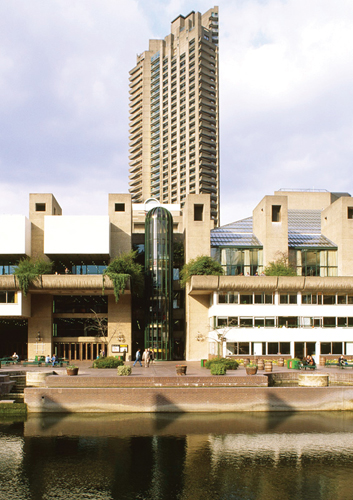
Barbican Centre
Museum of London An
essential visit for anyone interested in the history of London.
Visitors discover the City’s many incarnations in galleries covering
prehistoric, Roman, medieval and early Stuart London, along with
“London’s Burning”, a special display on the Great Fire of 1666 that
shows how it transormed the city. London Wall EC2 Open 10am–6pm daily
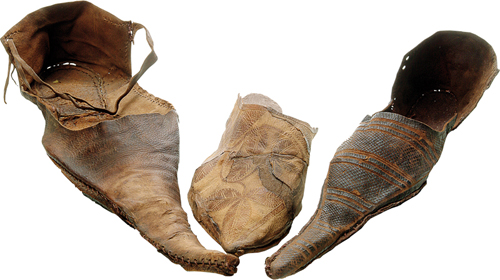
Medieval shoes, Museum of London
Guildhall For
around 900 years the Guildhall has been the administrative centre of
the City of London. City ceremonials are held in its magnificent
15th-century Great Hall, which is hung with banners of the main livery
companies. In the Guildhall Library are rotating displays of wonderful
historic manuscripts and an intriguing collection of watches and clocks,
from the Worshipful Company of Clockmakers – some from 1600. Guildhall Art Gallery On
the east side of Guildhall Yard is the Guildhall Art Gallery, two
floors of paintings of varying quality and enormous interest. Many are
associated with the City, and there are a number of highly romantic
19th-century paintings, including pre-Raphaelite works. With the aid of a
computerized cataloguing system, it is possible to view all the
Guildhall’s 31,000 prints and paintings. Bank of England Museum Liveried doormen greet visitors to this excellent museum, housed in a marvellous building designed by Sir John Soane.
A variety of material is on display, including 45 bars of gold bullion
at the centre of the 1930s rotunda. There is a map of the City’s
financial institutions and an electronic trading desk similar to those
used by dealers today. Bartholomew Lane EC4 Open 10am–5pm Mon–Fri Free
Monument This
62-m (202-ft) monument by Sir Christopher Wren is the world’s tallest
free-standing stone column. Its height is equal to the distance from the
baker’s shop in Pudding Lane where the Great Fire of London began in
1666 – the event that it marks. Inside, 311 stairs spiral up to a
viewing platform; when you return to the entrance, you will receive a
certificate to say that you have made the climb. Monument Street EC3 Open 9:30am–5pm daily Admission charge
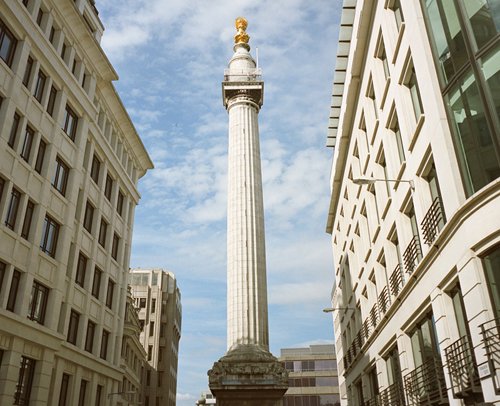
St Katharine’s Dock Near
Tower Bridge and the Tower of London, this is the place to come and
relax, to watch the rich on their yachts and the working sailors on the
Thames barges. There are several cafés, the Dickens Inn, with outside
tables, and the Aquarium restaurant for a serious meal .
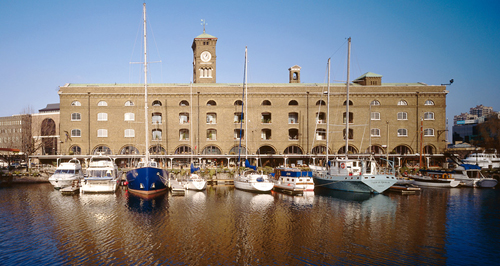
Yacht haven, St Katharine’s Dock
|